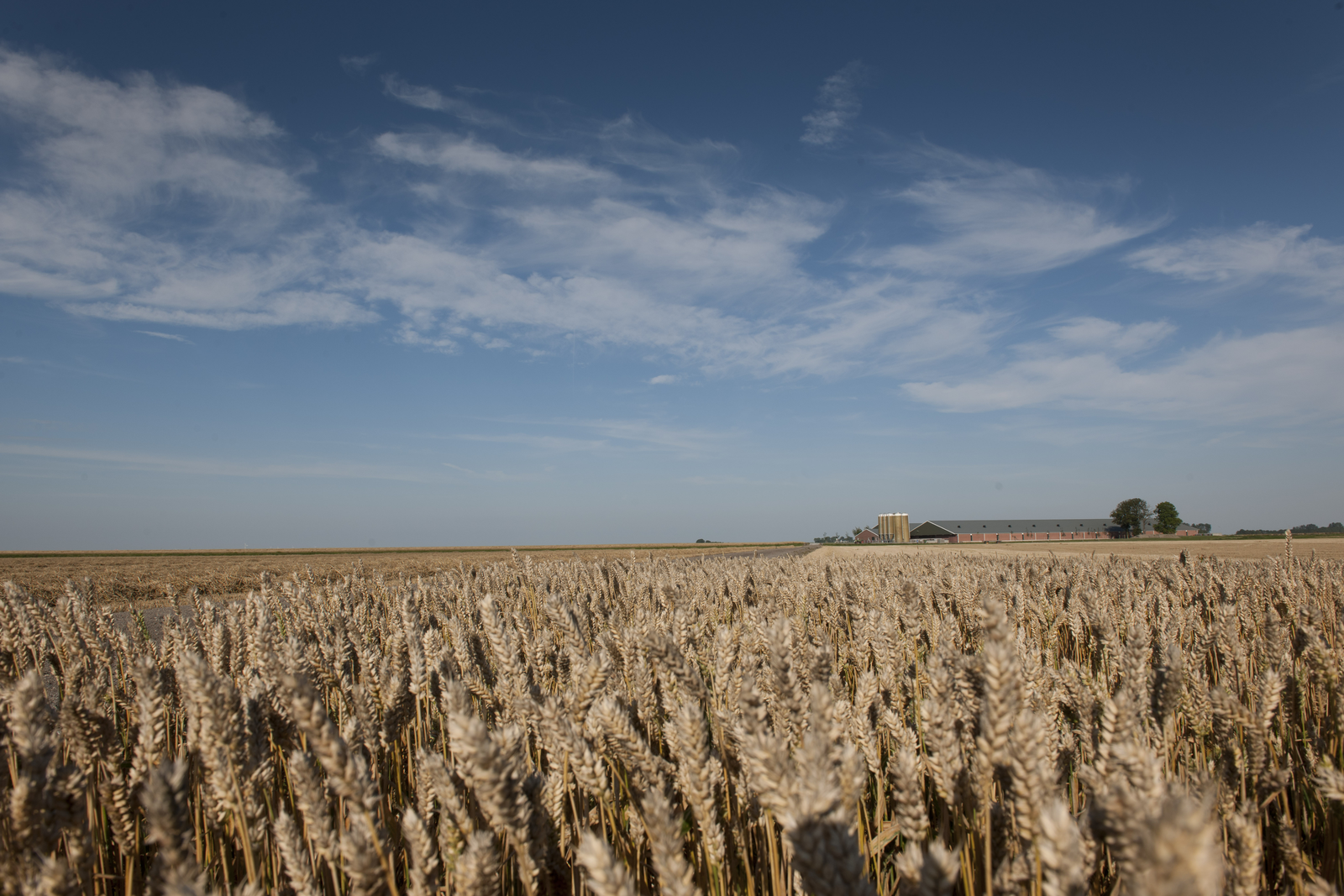Mixed mycotoxin outlook for UK winter wheat

Around 73% of the winter wheat area in Great Britain was at moderate risk and 17% at high risk of fusarium infection during the flowering period, according to AHDB-funded monitoring work.
Infection of crops by fusarium species increases the risk of mycotoxins entering the food and feed chain.
Risk levels were estimated based on crop growth stage information, gathered by an established network of independent agronomists covering 30 counties in England and Scotland, and daily rainfall data.
Analysis showed that over 70% of the area was at moderate risk. This is much higher than the fusarium infection risk reported in 2015. The largest areas of moderate and high-risk crops in this year’s report were located in the southern and eastern regions.
Areas with the highest risk levels had a significant amount of crops in flower as the weather turned more unsettled from mid-June onwards. Dr Dhan Bhandari, who manages grain quality research at AHDB, said: “Our fusarium infection risk reports provide an indication of potential infection risk levels. However, the best indicator of risk will always be based on field-level rainfall data recorded during the flowering period for the crop in the ground.”
Also interesting:
find out which mycotoxin regulation is valid for your country in the new mycotoxin regulation tool
The final summary report also includes observations of fusarium head blight (FHB) incidence in the field. Symptoms were first reported at the end of June and continued to increase. For example, as of 12 July around 35% of ears inspected in the eastern region showed signs of FHB, which was an increase on the previous week. FHB can be caused by fusarium and microdochium species.
Source: AHDB











